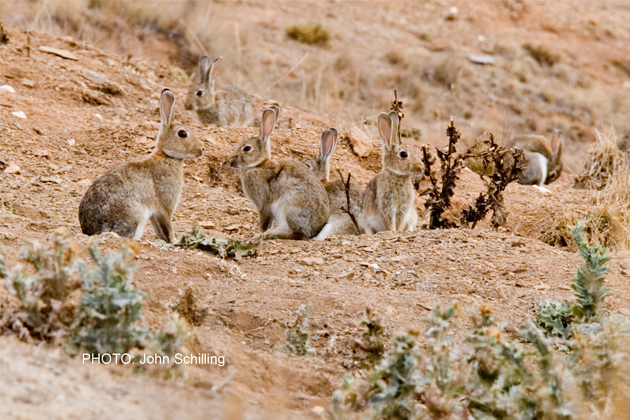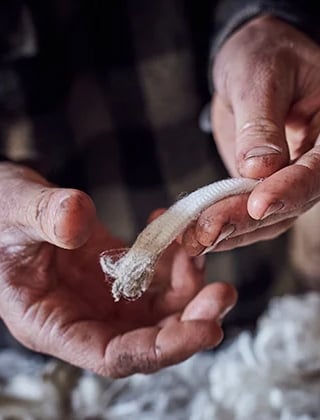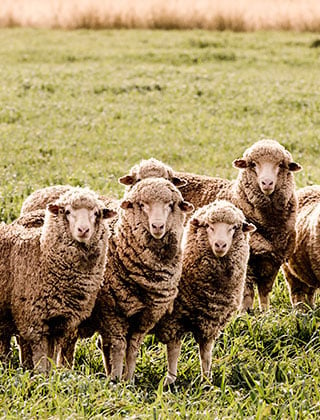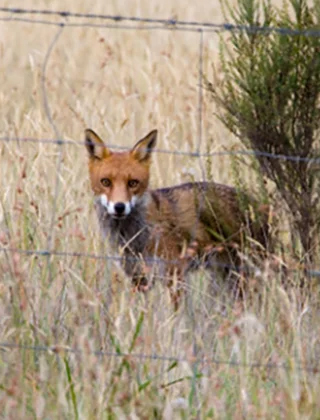Welcome to Australian Wool Innovation, a hub for the woolgrowers of Australia.
Not a woolgrower? Looking for information about wool products, wool care or wool processing?
The Woolmark Company is the global authority on wool. Visit Woolmark.com instead.
Biocontrol strategy to help combat rabbits

The release of a new national biocontrol strategy will spearhead R&D efforts to reduce rabbit numbers, delivering welcome economic and environmental benefits to woolgrowers and other landholders.
The release of Australia’s Rabbit Biocontrol Pipeline Strategy in May by the Centre for Invasive Species Solutions (CISS) will drive R&D efforts to reduce rabbit numbers. The Strategy outlines 10 recommendations to improve the use of existing biocontrol agents and develop new biocontrol tools. It has been endorsed by all Australian governments at State and Federal levels.
“Given that rabbits and viral biocontrol agents are in an ‘arms race’, a pipeline of biocontrol agents needs to be developed and ideally with a release every 10 to 15 years, to keep rabbit impacts in check,” said the Chief Executive of CISS, Andreas Glanznig.
“Without this strategic national R&D approach to deliver new biocontrol agents, Australia runs the risk of being exposed to growing rabbit impacts, which already cost Australian agriculture over $200 million a year and impacts 322 nationally listed threatened species.”
The new strategy – developed by a highly experienced group of scientists from New South Wales, South Australia, Victorian government agencies and CSIRO – also highlights the importance of better integration of biological control with conventional controls, as well as an increased focus on extension and adoption methods.
The strategy was reviewed by the CISS rabbit biocontrol steering committee, with members comprised of key investors and end-user stakeholders from AWI, MLA, DAFF/DCCEEW, land managers, National Farmers Federation, and Rabbit Free Australia.
“Biological control has proved to be a very useful method of knocking down rabbit populations in Australia since the 1950s and this new strategy aims to ensure that this continues,” said Ian Evans, AWI Program Manager, Woolgrowing WHS & Vertebrate Pest Control.
“However, woolgrowers should rigorously apply best‑practice integrated pest management when controlling invasive rabbits and not regard biocontrol as a ‘silver bullet’ solution. The timing and the sequence of rabbit control methods is also paramount.”
More information:
Access the new strategy on the CISS website at www.invasives.com.au
This article appeared in the September 2024 edition of AWI’s Beyond the Bale magazine. Reproduction of the article is encouraged.















